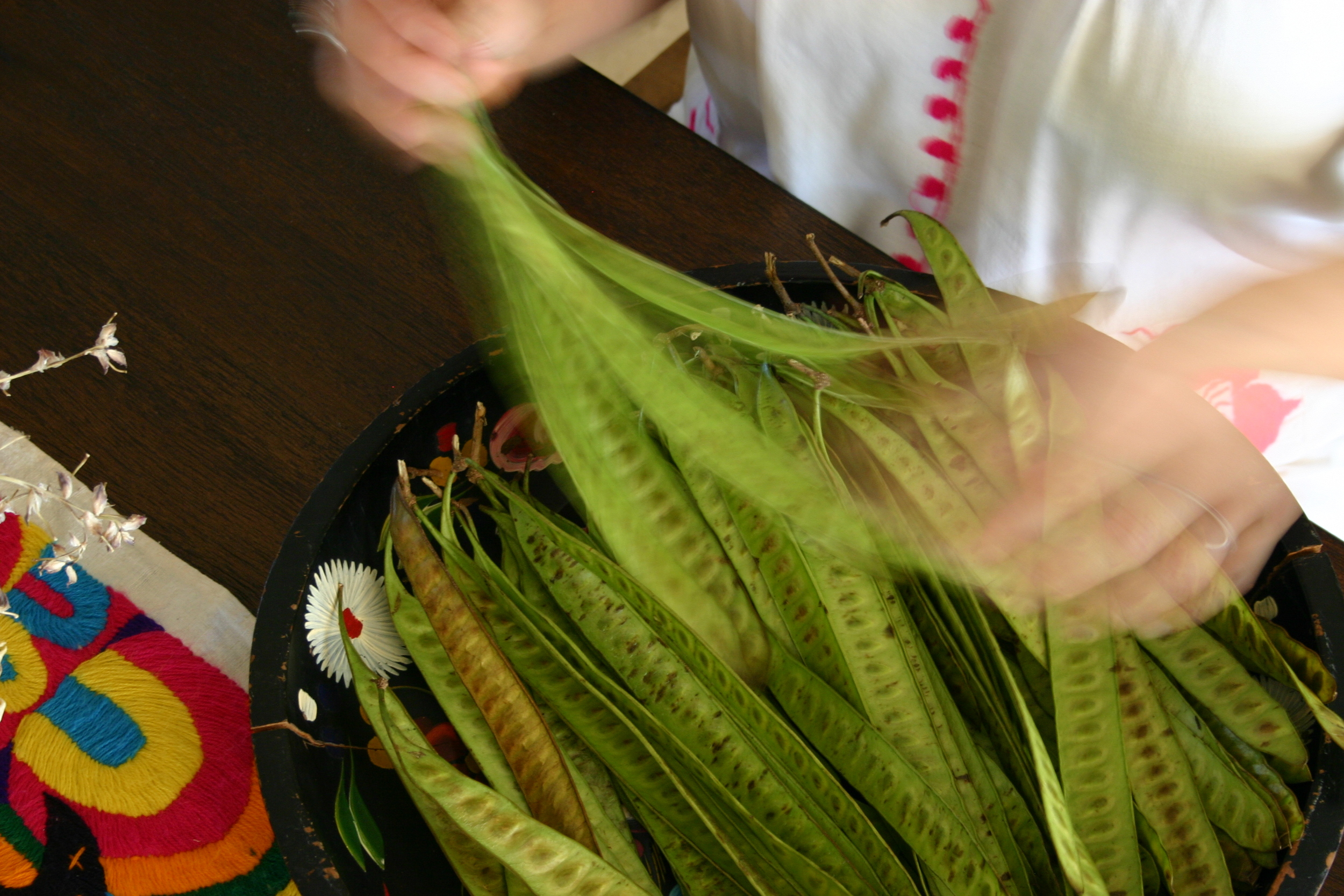



Curtido is a delicious tangy condiment found across El Salvador made with a base of green cabbage, carrots, onions, and sometimes garlic, chiles, or even cauliflower. It’s simply seasoned with Mexican oregano or dried bay leaves and it is so delicious. Every family and local restaurant makes their curtido a little differently depending on personal preference, or, what is on hand at the moment, and it is usually served with warm pupusas. Mmmmmm.
Typically, curtido is made with various vinegars such as apple cider vinegar or pineapple vinegar, however, the following recipe is made with sea salt and water to produce Lactobacillus bacteria, a healthy bacteria wonderful for gut health and immune support. Vegetables prepared this way are traditionally fermented in brine by covering them with water and adding salt, and leaving at room temperature for a few days, or longer, until they begin bubbling with healthy bacteria. When vegetables are simply “pickled” with vinegar, although the vinegar is fermented, the vegetables will not have been fermented.
This is a super easy recipe on how to create your own probiotic food to increase the variety of good bacteria in your gut biome using no special fermenting equipment. And because I love spicy, tangy foods, I add my curtido to salads, scrambled eggs, quesadillas, and more.
INGREDIENTS AND SUPPLIES
1 large head green cabbage
1 1/2 tbsp sea salt
1 medium onion (I used purple onions, but you can use white or yellow)
1 large carrot
1-2 serano chiles depending how spicy you like things
1 tbsp dried Mexican oregano
Filtered water
Wide mouth jars with plastic lids
First, prepare the vegetables: Remove any bruised cabbage leaves, keeping a few large leaves for step 3. Cut the cabbage into quarters, remove core and base, slice them thinly into 1/8-inch-wide ribbons. Next, peel the carrot using a vegetable peeler and grate on a vegetable grater, or, continue peeling them into ribbons as shown in photos in which I cut them into smaller pieces. Peel the onion and slice it into thin half moons. Slice serrano chile(s) into circles.
Place all of the vegetables in a large bowl. Add oregano and sea salt, mix thoroughly with hands and leave to rest for 30 minutes.
Pack the shredded vegetables along with any of the released liquid into your jars, pressing down to tightly pack and release more of their water. I like to use my old school rolling pin to push everything down, but the back of a wooden spoon will do. If the vegetables aren't covered with their own liquid at this point, add a little bit of filtered water so they are covered by at least one inch. Place one of your large cabbage leaves over the curtido, tucking the ends into the shredded mixture to keep the mixture submerged under water.
Put the lids on the jars, but do not screw them on too tightly as gas will build up in the jars and it needs a little space to release.
Leave the jars out at room temperature (ideally 65 - 75 degrees) for a minimum of 24 hours. I like to place mine in a kitchen cabinet in a cool spot in my kitchen.
Although curtido will be ready to eat after the first 24 hours, taste and decide if you would like to ferment it longer to reach your desired level of tanginess. Personally, I like to ferment mine about three days, but you can go as long as one week. Each kitchen atmosphere will vary so there’s no hard set rules. When you reach your desired taste and texture, remove the top cabbage leaves, place lid back on jar, and store in the refrigerator.















